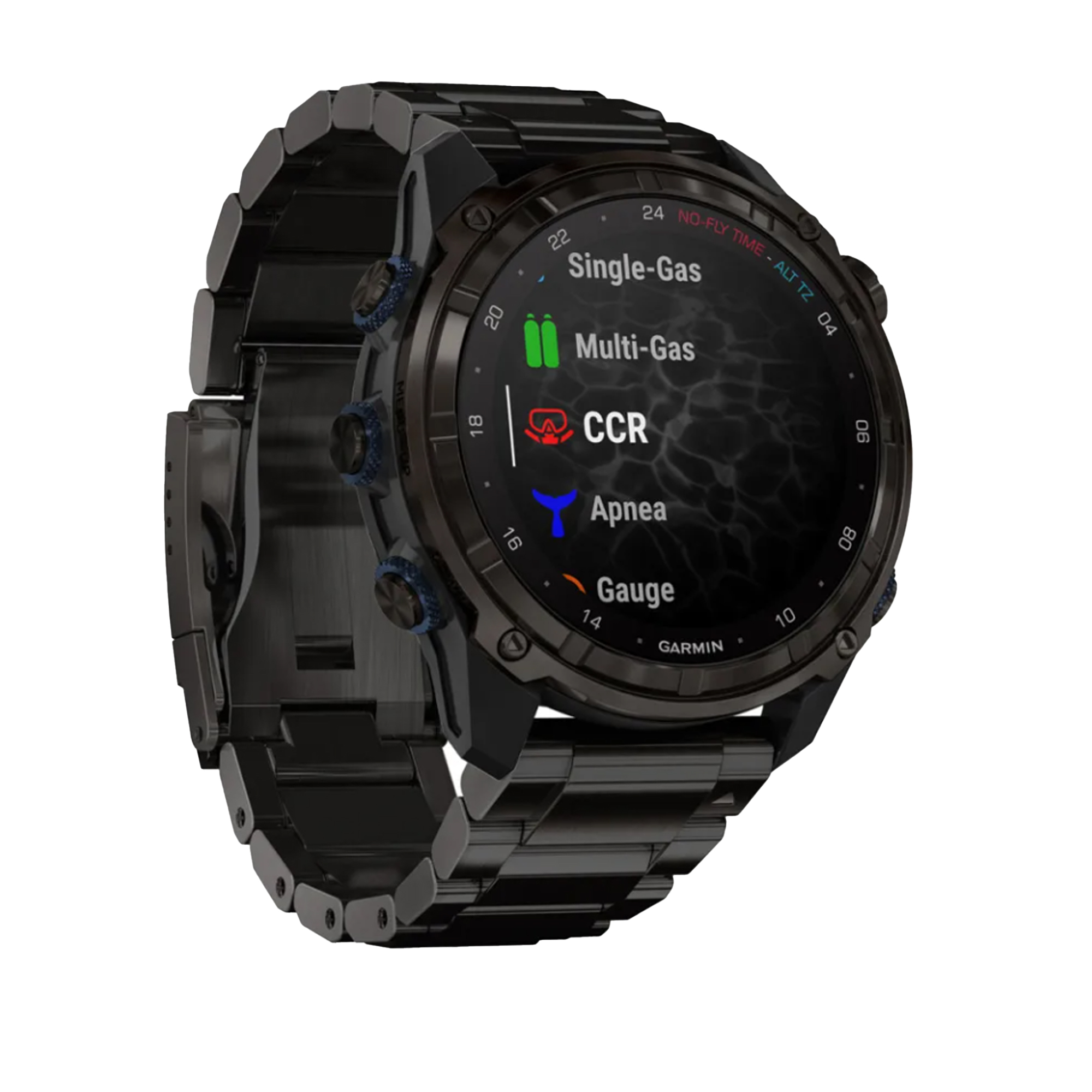Navigation
Backplate Systems
Combine hard backplates made from different materials with harnesses in several design styles. Single Tank Adapters and Shoulder Pads increase their convenience and comfort.
Interchangability of Backplates and Wings
One configuration consideration is that plates and wings are not always perfectly interchangable among brands. Manufacturers tend to make subtle design decisions such as the placement of grommet holes and slots on the wing based on aligning similar slots and holes of their own brand of backplate. The shape of the flat in the centre of a specific brand wing may be designed to match the specific shape of their plate so that the bladder is not pinched by the plate when the two are assembled together on doubles.
A common annoyance with doubles mounting is the depth of the "V" in the centre of the plate varies slightly among brands, which can trigger compatibility problems with the bolt height setting of the bands. The diver might find it very difficult to engage the wing nuts when assembling a plate and wing on a set of doubles where the bolt height was optimised for a different brand plate and wing.
The good news is that we are not aware of any interchangability issues for doubles mounting between any of the brands of wings and plates we sell. For single tanks, you can usually avoid using a single tank adapter (STA) if the wing and plate are the same brand. By the same token when the brands are mismatched, or the wing manufacturer does not also offer a branded plate, a STA is pretty much a necessity.
Corsair Rock
![]() Bommie Dive |
Bommie Dive | ![]() Boat access
Boat access
![]()
![]()
![]()
![]()
![]()
Depth: 3 m (9.84 ft) to 30 m (98 ft)
Level: Advanced Open Water and beyond.
The name Corsair Rock has sent shudders down the spine of many a seaman navigating Port Phillip Heads. The rock has been responsible for a large number of shipwrecks and strandings.
Corsair Rock is a submerged rock pinnacle that marks the south-western extremity of the submerged Nepean Bank, the sand and reef shallows that extend from Point Nepean and the drying Nepean Reef through to Corsair Rock. It is a flat-topped rock 6 metres in diameter, with 3.5 metres of water over it. Its location is indicated by a swirl above it on the flood tide and breaking short seas and whitewater on a strong ebb tide.
When conditions are favourable the kelp-covered top of the rock may be seen from the surface. When conditions such as this exist diving around Corsair Rock is at its best.
Corsair Rock is sometimes called Outer Corsair, while, heading towards Point Nepean, a shallower and broader patch on the inside part of the Nepean Bank, about 25 metres across and 150 metres long on a north-south axis, is known as Inner Corsair. The wreck of the RMS Australia (1904) lies on this part of the reef at a depth of 3 to 4 metres.
The Rip & Tides Warning: Always keep an eye on sea conditions throughout any shore or boat dive within "The Rip" (aka "The Heads"). This is a dangerous stretch of water, where Bass Straight meets Port Phillip, which has claimed many ships and lives. Please read the warnings on the web page diving-the-rip before diving or snorkelling this site.
Corsair Rock History
It had been known among ship pilots and experienced mariners that a hazard existed in this area, when ships entering The Heads believing they had sufficient clearway suddenly struck an uncharted and submerged obstacle. Two such vessels were the William Salthouse (1841) and the Isabella Watson (1852). Both had struck Corsair Rock prior to its gazettal on 7 November 1853. The inward bound Ontario (1853) was following the French ship Marie through Port Phillip Heads when both struck Corsair Rock just seven days after its gazettal. The unfortunate Ontario broke up and sank almost immediately while the Marie was able to be run aground and was later refloated.
While it is popularly believed that Corsair Rock was named after the wreck of the pilot cutter Corsair was wrecked on it, in fact it was in the Corsair that pilots first located and charted the position of the notorious obstacle in October 1853. The Corsair was not wrecked on Nepean Reef until 19 years later, in 1874.
The difficulties of surveying and navigating this area of The Rip have meant that shipping is simply warned to keep clear of this area by authorities, though smaller boats can traverse the shallow channel. The RMS Australia wreck was blasted to keep this channel between Corsair Rock and Nepean Reef open for fishing vessels. The beacon on Beacon Rock and the Westfall beacon, on Point Nepean, are navigation markers to provide a transit for Corsair Rock and warn mariners of the location of the hazard.
Divers have the opportunity to catch Southern Rock Lobster (aka Crayfish) at this dive site. Remember your catch bag, current Victorian Recreational Fishing Licence, rock lobster measure, and cray tags. Once you get back to the dive boat, or shore, make sure you clip the tail and tag your Crayfish as per Fisheries requirements. Please abide by all current fishing regulations if you intend to catch crays. See article-catching-crayfish for practical cray hunting advice from The Scuba Doctor, plus melbourne-cray-dives for a list of other crayfish dive sites near Melbourne. For tips on cooking your Crays, please see article-cooking-crayfish.
Traditional Owners — This dive site is in the traditional Country of the Boon Wurrung / Bunurong people of the Kulin Nation. This truly ancient Country includes parts of Port Phillip, from the Werribee River in the north-west, down to Wilson's Promontory in the south-east, including the Mornington Peninsula, French Island and Phillip Island, plus Western Port. We wish to acknowledge the Boon Wurrung as Traditional Owners. We pay respect to their Ancestors and their Elders, past, present and emerging. We acknowledge Bunjil the Creator Spirit of this beautiful land, who travels as an eagle, and Waarn, who protects the waterways and travels as a crow, and thank them for continuing to watch over this Country today and beyond.
Corsair Rock Location Map
Latitude: 38° 18.017′ S (38.300283° S / 38° 18′ 1.02″ S)
Longitude: 144° 38.481′ E (144.64135° E / 144° 38′ 28.86″ E)
Datum: WGS84 |
Google Map
Added: 2012-07-22 09:00:00 GMT, Last updated: 2022-05-07 23:46:08 GMT
Source: GPS
Nearest Neighbour: Campbell, 122 m, bearing 284°, WNW
Depth: 3 to 30 m.
Dive only on: SWE.
[ Top ]
DISCLAIMER: No claim is made by The Scuba Doctor as to the accuracy of the dive site coordinates listed here. Should anyone decide to use these GPS marks to locate and dive on a site, they do so entirely at their own risk. Always verify against other sources.
The marks come from numerous sources including commercial operators, independent dive clubs, reference works, and active divers. Some are known to be accurate, while others may not be. Some GPS marks may even have come from maps using the AGD66 datum, and thus may need be converted to the WGS84 datum. To distinguish between the possible accuracy of the dive site marks, we've tried to give each mark a source of GPS, Google Earth, or unknown.

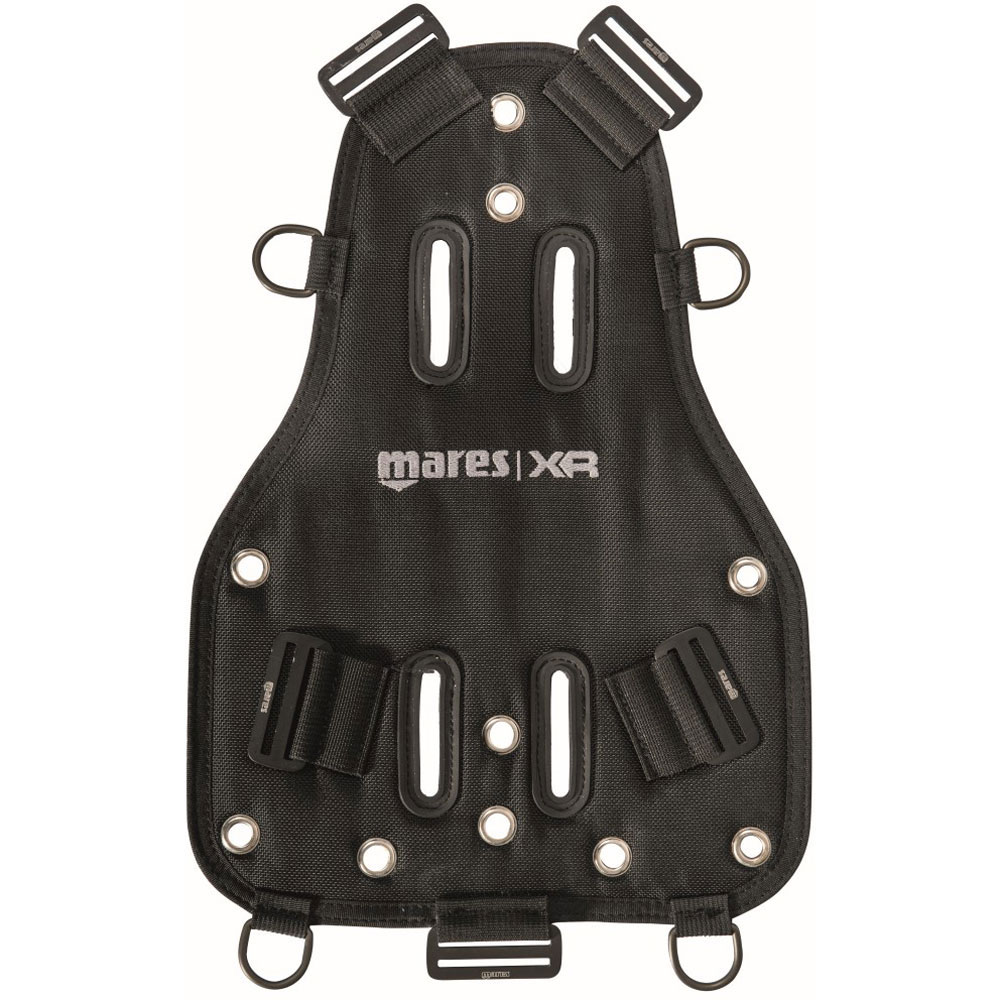
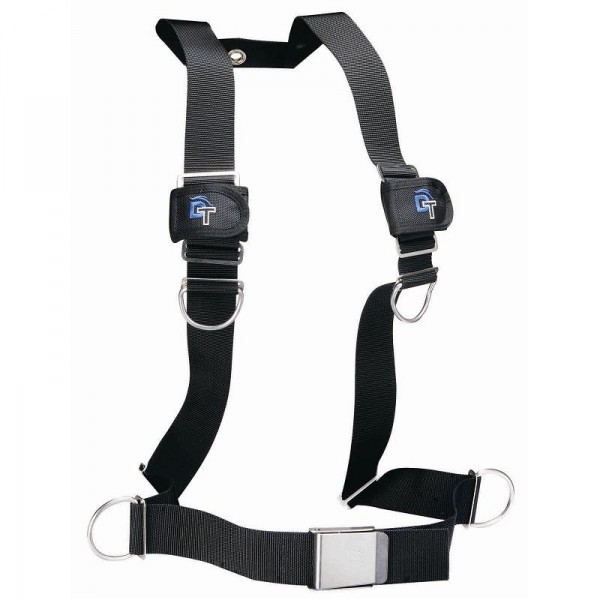
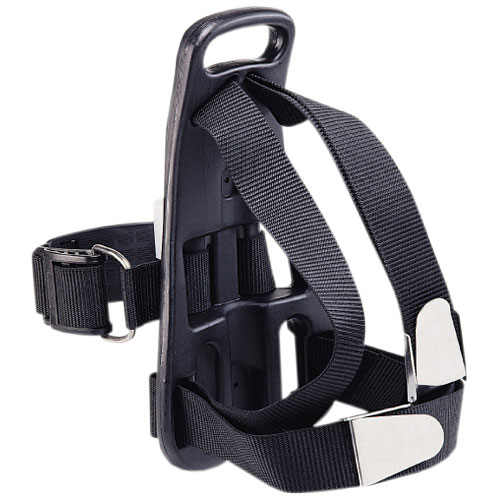
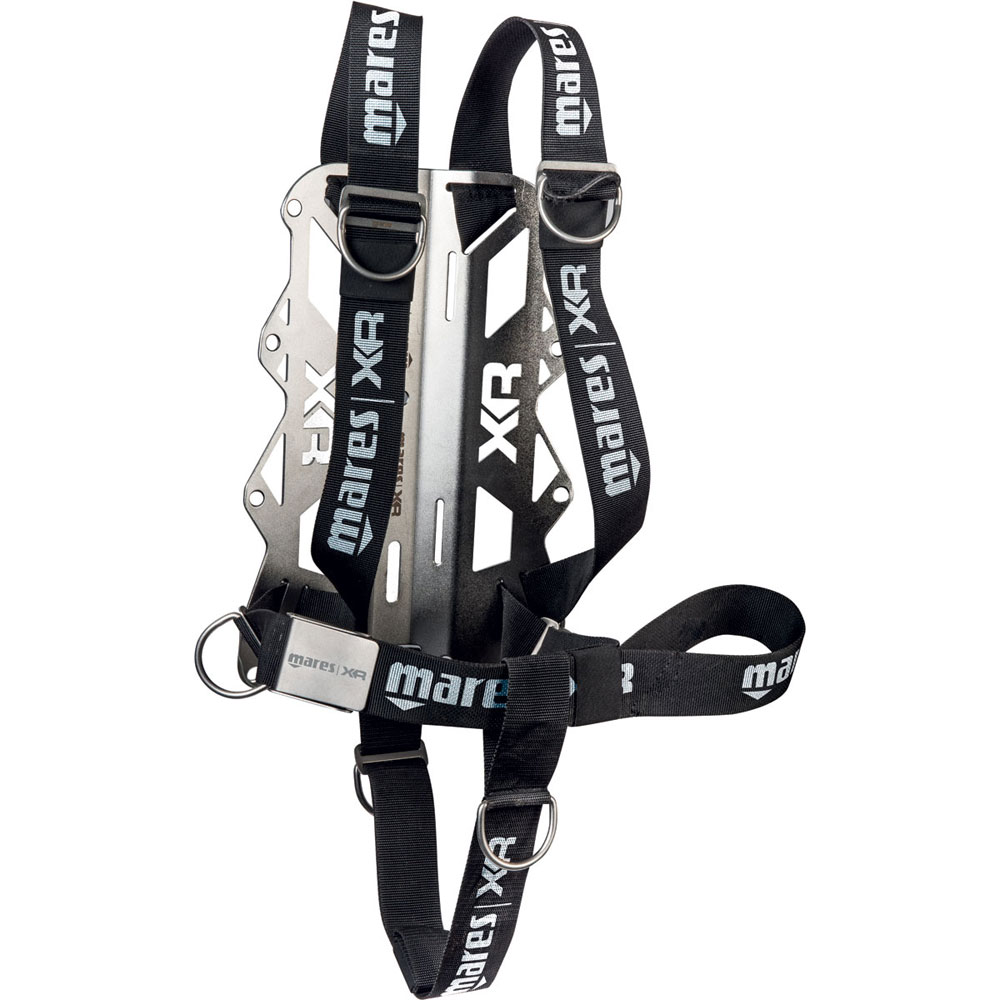
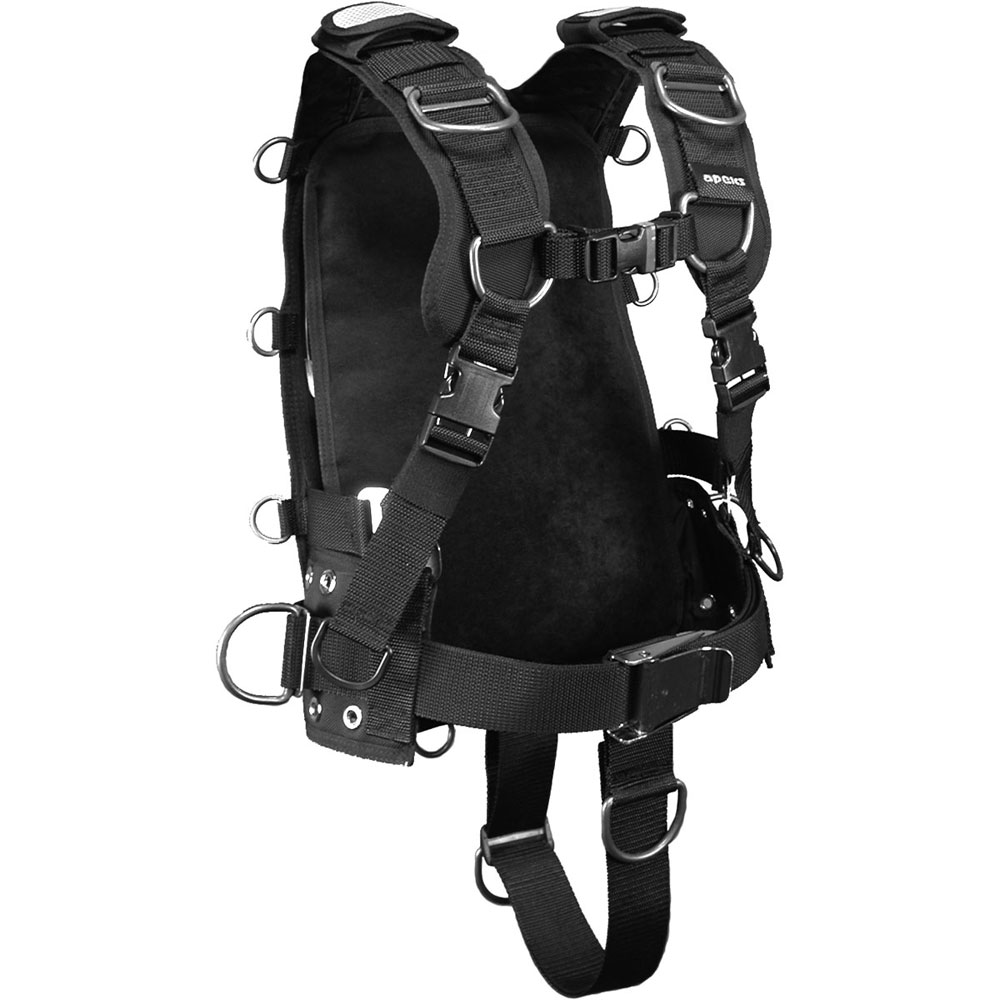
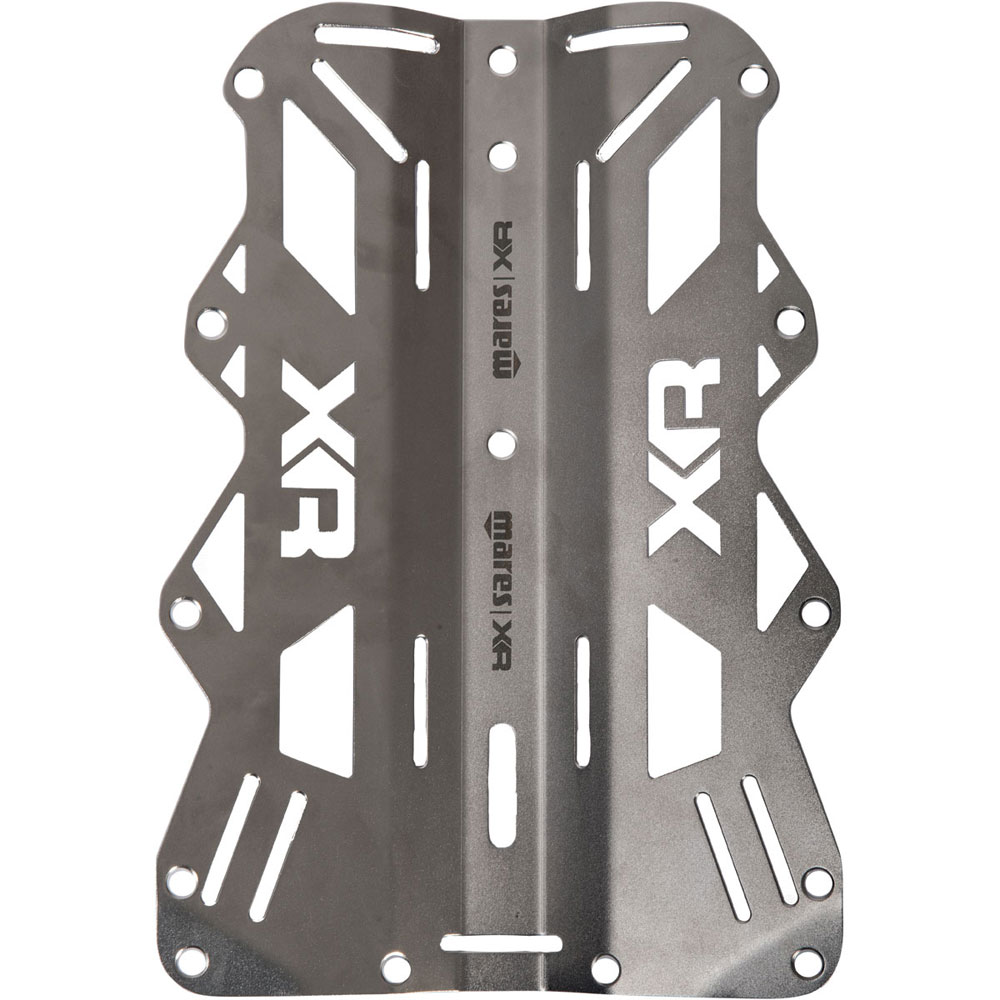
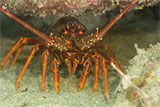
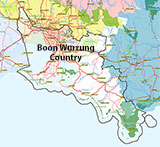
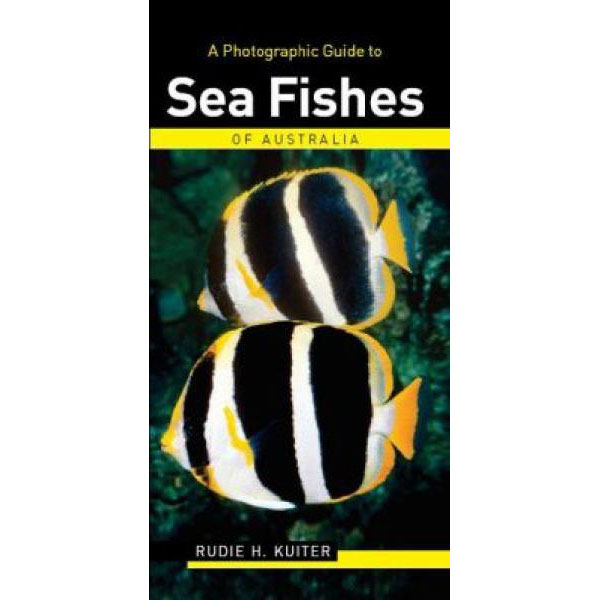
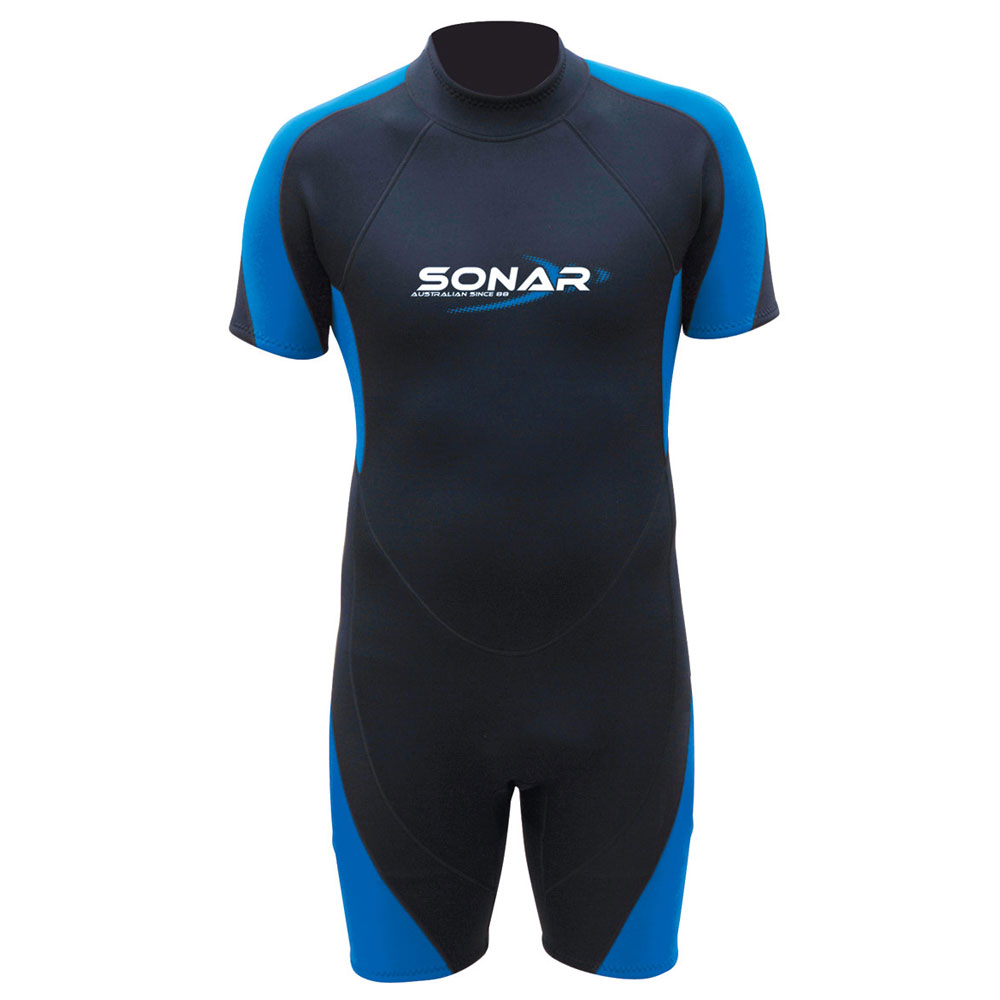
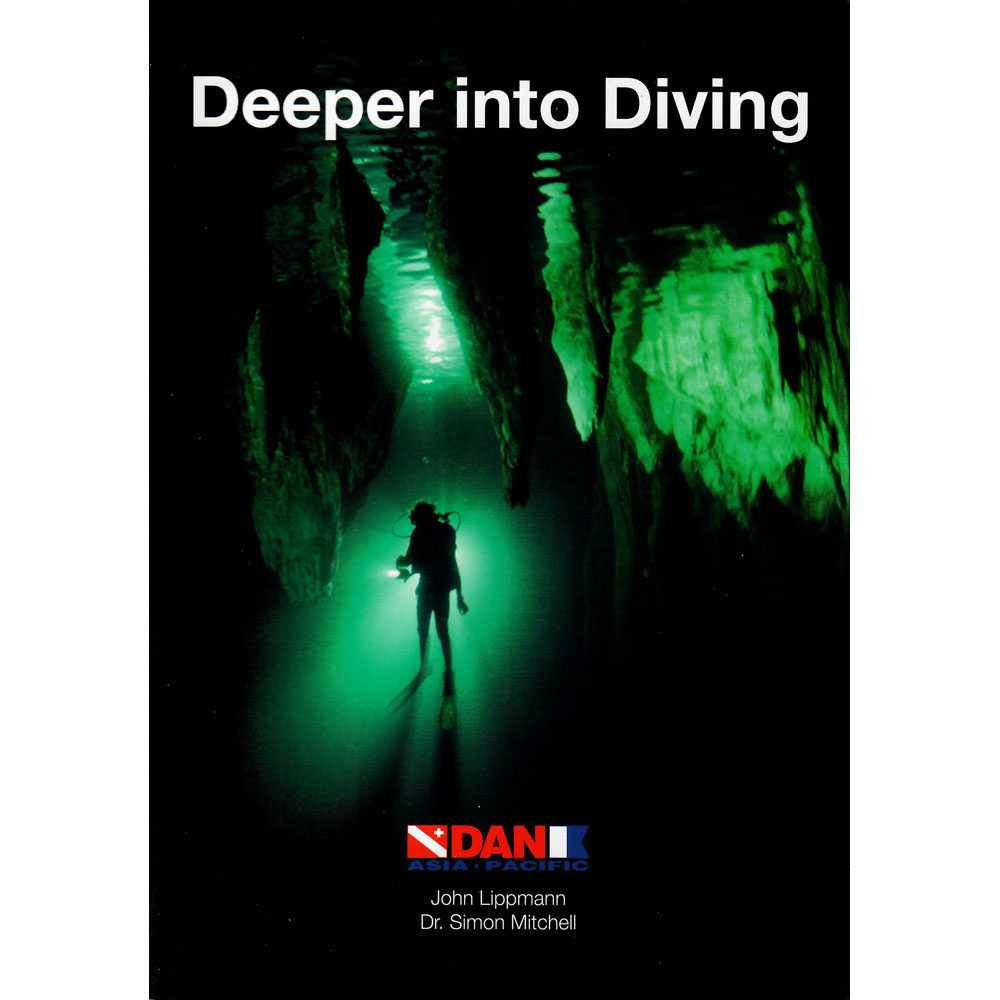
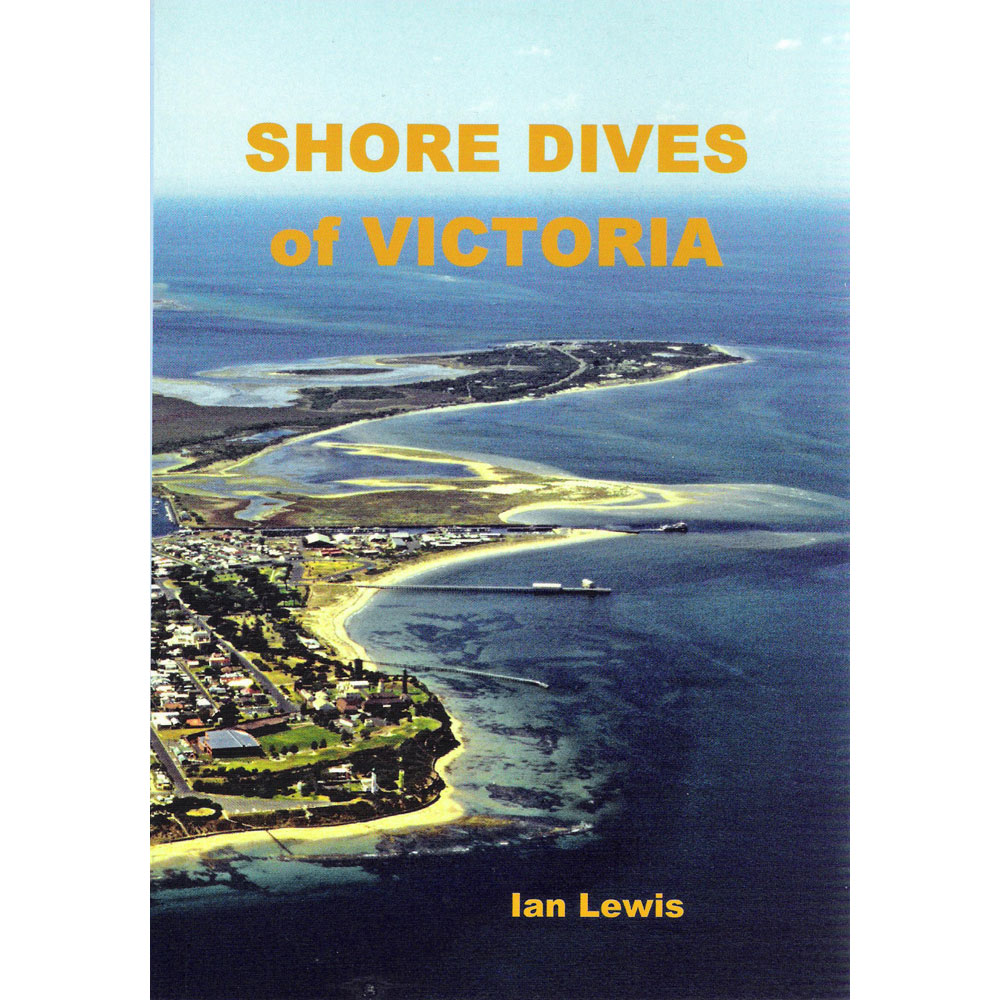
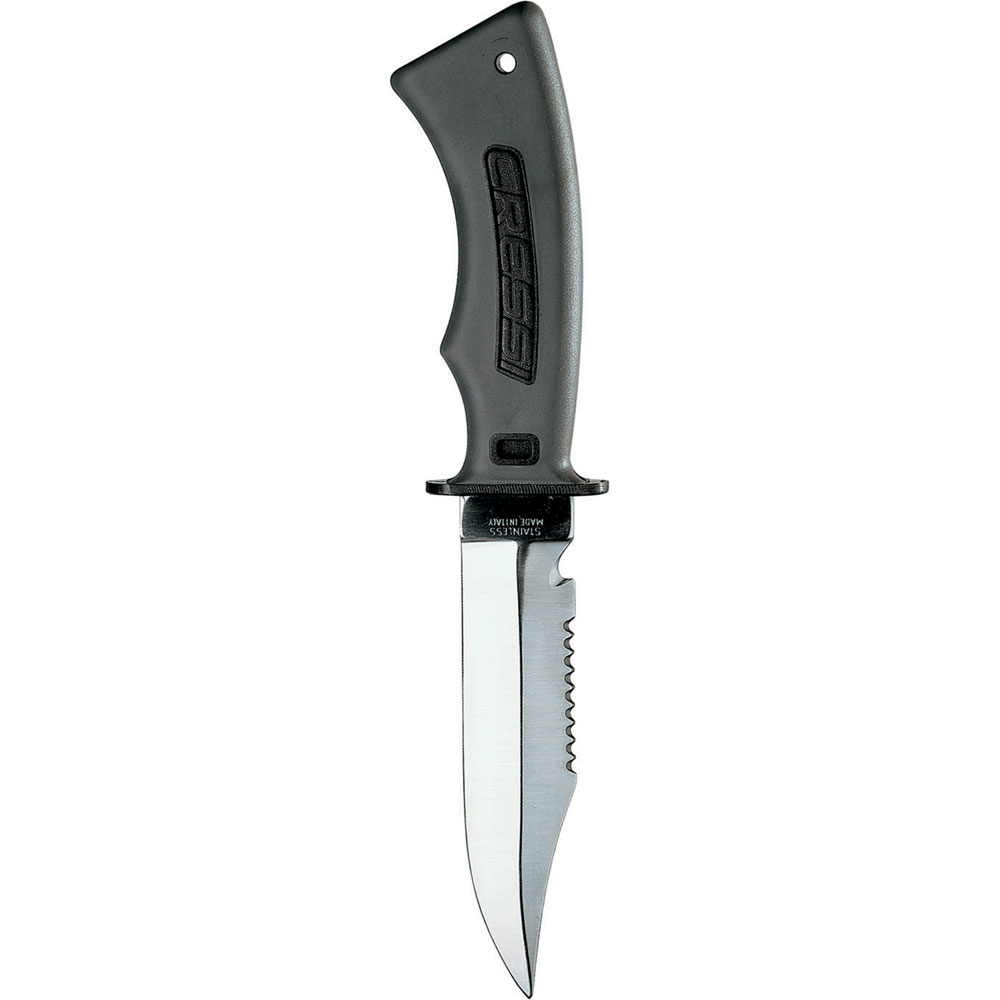
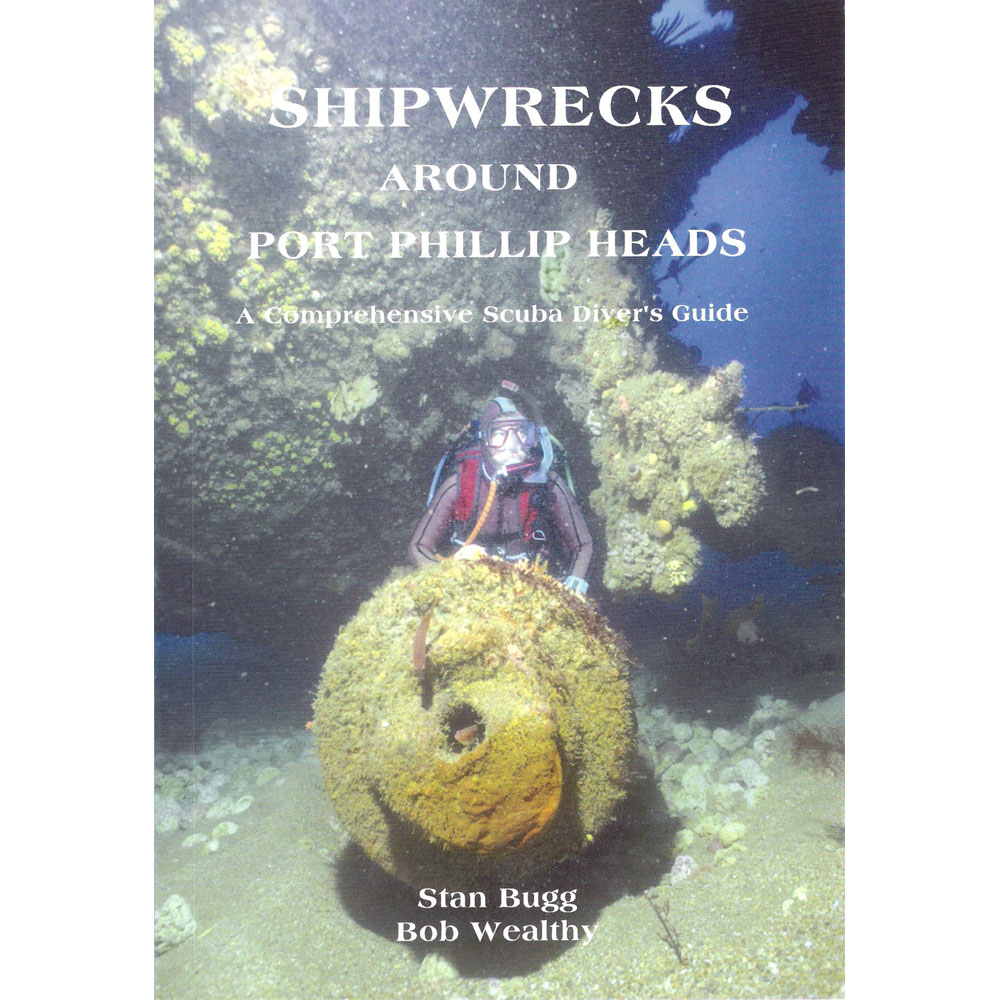
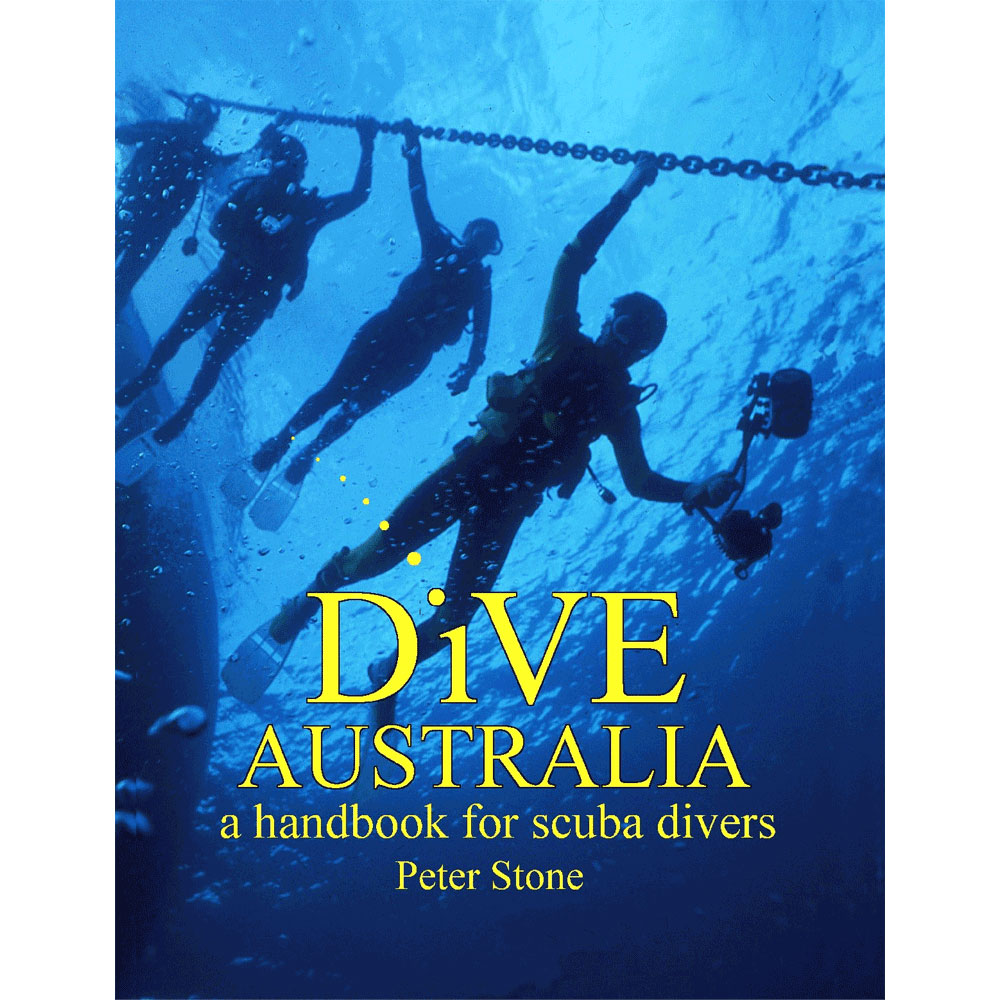
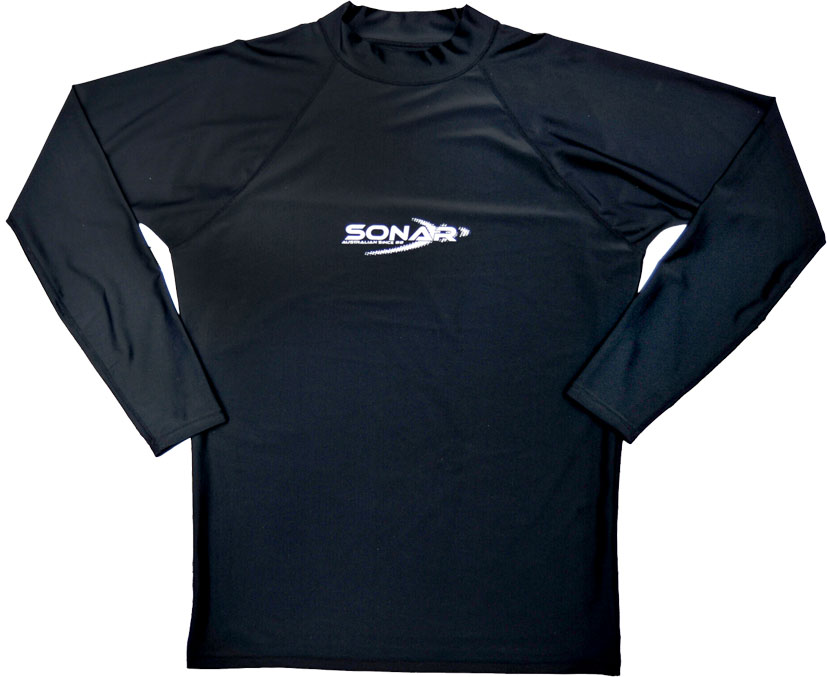
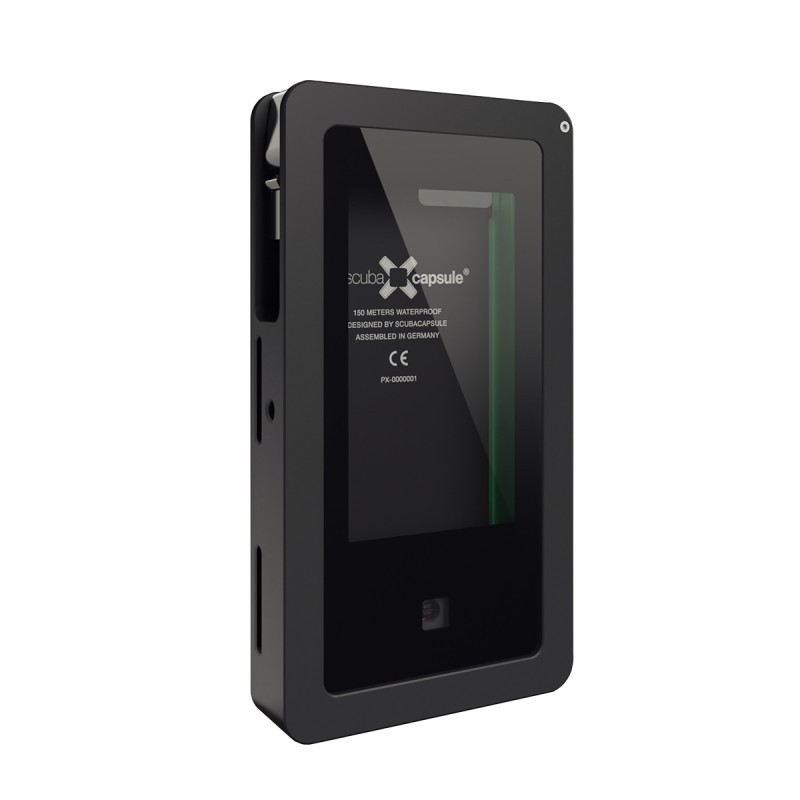
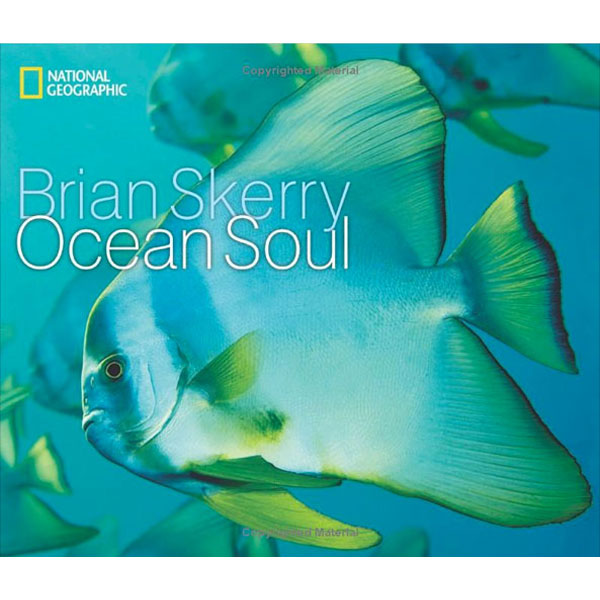






![Halcyon Infinity 30lb System [SS Small Backplate] Halcyon Infinity 30lb System [SS Small Backplate]](/diveshop/images/halcyon/Halcyon-Evolve-Wing.jpg)
